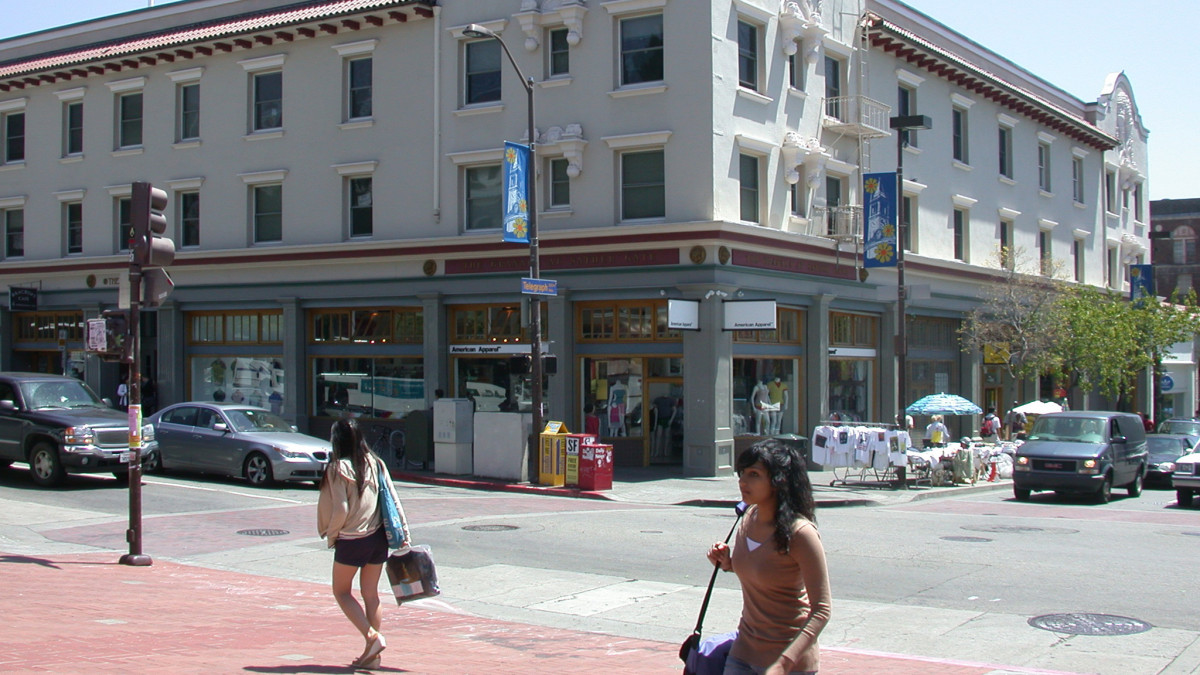- 2014 National Planning Achievement Award for a Best Practice from the American Planning Association
Berkeley’s Downtown Area Project aims to renew its economy, add substantial new housing, protect historic buildings, and make downtown a model of sustainability. The Project consists of a new Downtown Plan and key supporting initiatives. Together, they will let downtown accommodate 5,000 additional residents and 1,000,000 square feet of nonresidential floorspace, in buildings up to 180 feet high.
While a Principal at Nelson\Nygaard Consulting, Patrick Siegman led the development of the parking and transportation demand management plan, one of the Project’s four major initiatives. He also helped write successful grant applications to fund the plan’s implementation.The plan minimizes traffic, without discouraging new investment. Key measures include performance-based parking pricing, maximizing shared parking, and traffic-reducing zoning code amendments. New developments are required to unbundle the cost of parking from the cost of housing, provide carshare parking (in developments that include parking), and to provide bicycle parking and free transit passes to residents and workers. Minimum parking regulations are sharply reduced or removed.
The City adopted the Downtown Area Project in 2012. More than 1,400 new housing units are under development. The Project was awarded the American Planning Association’s National Planning Achievement Award for a Best Practice for having “successfully translated community aspirations into concrete actions.” Performance-based parking pricing and many of the other recommended traffic reduction measures have been fully implemented. According to a Metropolitan Transportation Commission study, these measures have resulted in an estimated 693,000 fewer vehicle miles of travel per year.
Image of downtown from Lawrence Hall of Science: pedrik, CC BY 2.0, via Wikimedia Commons

